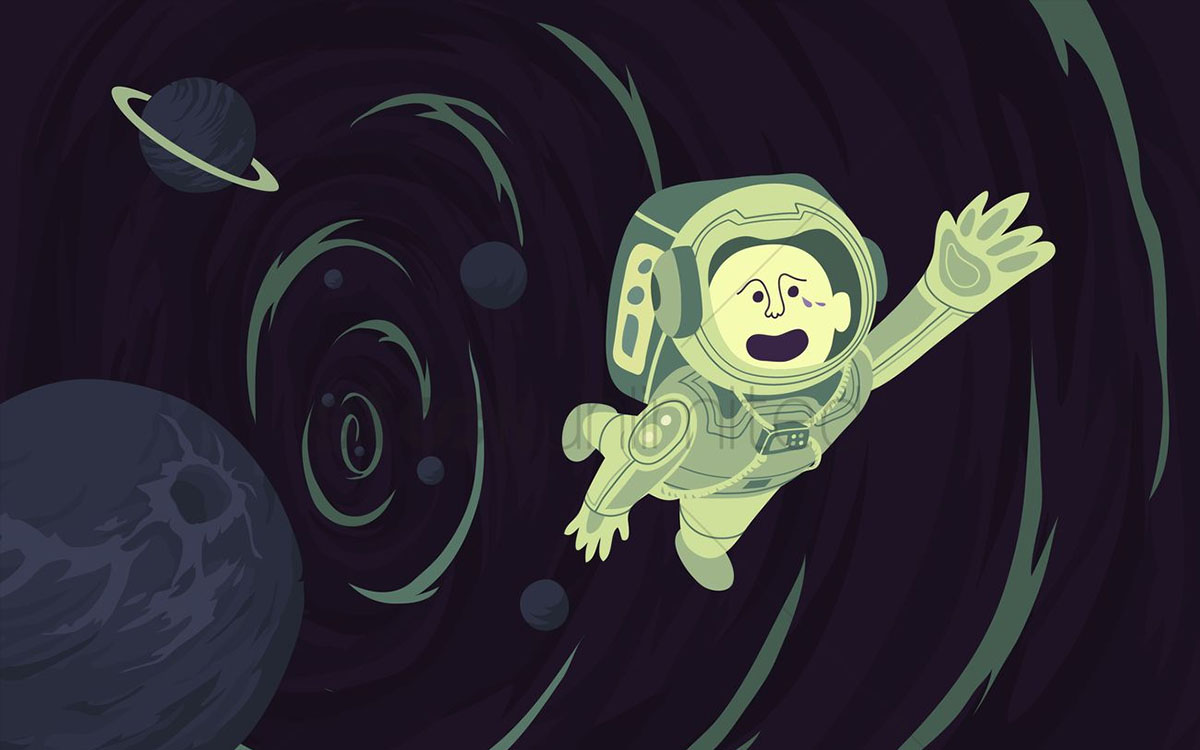more bad news for warp drive technology

A few weeks ago, I was talking to Dr. Ian O’Neill about the current research into warp drive physics and asked whether putting out the energy equivalent of Jupiter’s mass could have some rather destructive side-effects. After doing some more research, I wrote a post about the possibility of warp drives releasing enough energy to create a wake with the power to destroy a planet or push it out of its orbit. And wouldn’t you know it, just four days later there’s a study by physicists who say that not only could warp drives affect everything around their space-time bubbles, they could also trigger the formation of black holes as these bubbles collapse.
The bad news for sci-fi fans were broken by Stefano Finazzi who just happens to be the lead researcher of an earlier study which also cast a doubt on the stability of asymmetric warp bubbles that should theoretically be able to move whatever’s inside them faster than light. According to his calculations, the problem isn’t so much releasing the energy as it is containing the raw power necessary to keep space and time warped. Most warp drive concepts include the use of dark energy which is supposed to act as gravity’s evil twin. In order for all the dark energy to keep the warp bubble stable, you need to keep putting out more and more power. While you’re streaming out absolutely phenomenal amounts of energy, you’re fine. But when the energy runs out, the entire structure collapses violently and depending on a wide variety of factors, it either explodes with incredible force or implodes so quickly, it forms a singularity. Either way, things don’t end well.
Like a wise scientist once said, nature lets you take shortcuts but it makes you pay for every one of them in the end. When we try to bend space and time with immense energy, we bump up against the kind of high energy physics that pretty much no technology would be able to sustain without either violating the laws of space and time or requiring us to bottle up a massive star and learn how to wield its power. However, even that might not be a death knell to future warp drives after all. Many physicists seem to agree with Finazzi’s numbers, but like the Mythbusters after an experiment with somewhat muddled results, they’re not ready to call faster than light travel a dead end just yet. The universe works in strange ways and the semi-classical physics used to make the predictions don’t present the whole picture. There might be other ways to make warp drives and break the speed of light through a shortcut in the complex fabric of space and time. Then again, I suppose that’s just a nice way of saying that maybe, someday, somehow we’ll make it work.





